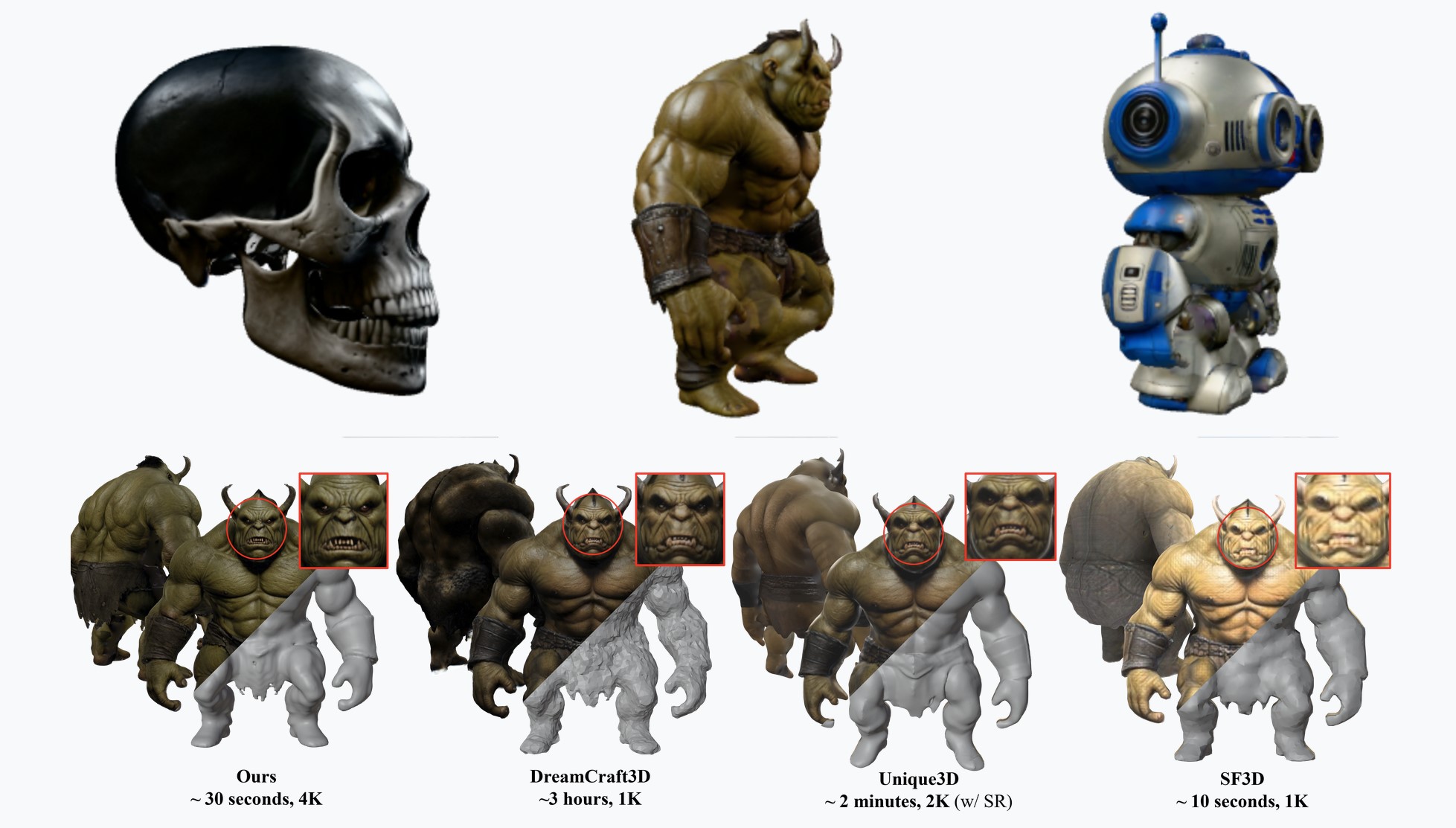RANDOM POSTs
-
Change to Adobe terms & conditions outrages many professionals
Read more: Change to Adobe terms & conditions outrages many professionalshttps://9to5mac.com/2024/06/06/change-to-adobe-terms-amp-conditions
The terms say:
Solely for the purposes of operating or improving the Services and Software, you grant us a non-exclusive, worldwide, royalty-free sublicensable, license, to use, reproduce, publicly display, distribute, modify, create derivative works based on, publicly perform, and translate the Content. For example, we may sublicense our right to the Content to our service providers or to other users to allow the Services and Software to operate with others, such as enabling you to share photos
Designer Wetterschneider, who counts DC Comics and Nike among his clients, was one of the graphics pros to object to the terms.
Here it is. If you are a professional, if you are under NDA with your clients, if you are a creative, a lawyer, a doctor or anyone who works with proprietary files – it is time to cancel Adobe, delete all the apps and programs. Adobe can not be trusted.
Movie director Duncan Jones was equally blunt in his response.
Hey @Photoshop what the hell was that new agreement you forced us to sign this morning that locked our ap until we agree to it? We are working on a bloody movie here, and NO, you don’t suddenly have the right to any of the work we are doing on it because we pay you to use photoshop. What the f**k?!
Should you ditch Photoshop with immediate effect?
https://www.creativeboom.com/resources/should-you-ditch-photoshop-with-immediate-effect/
Adobe’s response
Adobe is not claiming ownership over the content you create in Photoshop. Likewise, it will not use customer content to train its Firefly generative AI model.
-
Academy Award for Best Cinematography – Top 20 Winners Breakdown
Read more: Academy Award for Best Cinematography – Top 20 Winners Breakdownwww.studiobinder.com/blog/academy-award-for-best-cinematography-winners
2019 – Roger Deakins, 1917
2018 – Alfonso Cuarón, Roma
2017 – Roger Deakins, Blade Runner 2049
2016 – Linus Sandgren, La La Land
2015 – Emmanuel Lubezki, The Revenant
2014 – Emmanuel Lubezki, Birdman or (The Unexpected Virtue of Ignorance)
2013 – Emmanuel Lubezki, Gravity
2012 – Claudio Miranda, Life of Pi
2011 – Robert Richardson, Hugo
2010 – Wally Pfister, Inception
2009 – Mauro Fiore, Avatar
2008 – Anthony Dod Mantle, Slumdog Millionaire
2007 – Robert Elswit, There Will Be Blood
2006 – Guillermo Navarro, Pan’s Labyrinth
2005 – Dion Beebe, Memoirs of a Geisha
2004 – Robert Richardson, The Aviator
2003 – Russell Boyd, Master and Commander: The Far Side of the World
2002 – Conrad L. Hall, Road to Perdition
2001 – Andrew Lesnie, The Lord of the Rings: The Fellowship of the Ring
2000 – Peter Pau, Crouching Tiger, Hidden Dragon
1999 – Conrad L. Hall, American Beauty
1998 – Janusz Kamiński, Saving Private Ryan
1997 – Russell Carpenter, Titanic
1996 – John Seale, The English Patient
1995 – John Toll, Braveheart
1994 – John Toll, Legends of the Fall
1993 – Janusz Kamiński, Schindler’s List
1992 – Phillipe Rousselot, A River Runs Through It
1991 – Robert Richardson, JFK
1990 – Dean Semler, Dances with Wolves
1989 – Freddie Francis, Glory
1988 – Peter Biziou, Mississippi Burning
1987 – Vittorio Storaro, The Last Emperor
1986 – Chris Menges, The Mission
1985 – David Watkin, Out of Africa
1984 – Chris Menges, The Killing Fields
1983 – Sven Nykvist, Fanny and Alexander
1982 – Billy Williams, Ronnie Taylor, Gandhi
1981 – Vittorio Storaro, Reds
1980 – Geoffrey Unsworth, Ghislain Cloquet, Tess
1979 – Vittorio Storaro, Apocalypse Now
1978 – Néstor Almendros, Days of Heaven
1977 – Vilmos Zsigmond, Close Encounters of the Third Kind
1976 – Haskell Wexler, Bound for Glory
1975 – John Alcott, Barry Lyndon
1974 – Fred J. Koenekamp, Joseph Biroc, The Towering Inferno
1973 – Sven Nykvist, Cries and Whispers
1972 – Geoffrey Unsworth, Cabaret
1971 – Oswald Morris, Fiddler on the Roof
1970 – Freddie Young, Ryan’s Daughter
1969 – Conrad Hall, Butch Cassidy and the Sundance Kid
1968 – Pasqualino De Santis, Romeo and Juliet
1967 – Burnett Guffey, Bonnie and Clyde
1966 – Ted Moore, (Color) A Man for All Seasons
Haskell Wexler, (B&W) Who’s Afraid of Virginia Woolf?
1965 – Freddie Young, (Color) Doctor Zhivago
(Ernest Laszlo), (B&W) Ship of Fools
1964 – Harry Stradling, (Color) My Fair Lady (
Walter Lassally, (B&W) Zorba the Greek
1963 – Leon Shamroy, (Color) Cleopatra
James Wong Howe, (B&W) Hud
1962 – Freddie Young, (Color) Lawrence of Arabia
Jean Bourgoin, Walter Wottitz, (B&W) The Longest Day
1961 – Daniel L. Fapp, (Color) West Side Story
Eugen Schüfftan, (B&W) The Hustler
1960 – Russell Metty, (Color) Spartacus
Freddie Francis, (B&W) Sons and Lovers
1959 – Robert Surtees, (Color) Ben-Hur
William C. Mellor, (B&W) The Diary of Anne Frank
1958 – Joseph Ruttenberg, (Color) Gigi
Sam Leavitt, (B&W) The Defiant Ones
1957 – Jack Hildyard, The Bridge on the River Kwai
1956 – Lionel Lindon, (Color) Around the World in 80 Days
Joseph Ruttenberg, (B&W) Somebody Up There Likes Me
1955 – Robert Burks, (Color) To Catch a Thief
James Wong Howe, (B&W) The Rose Tattoo
1954 – Milton Krasner, (Color) Three Coins in the Fountain
Boris Kaufman, (B&W) On the Waterfront
1953 – Loyal Griggs, (Color) Shane
Burnett Guffey, (B&W) From Here to Eternity
1952 – Winton C. Hoch, Archie Stout, (Color) The Quiet Man
Robert Surtees, (B&W) The Bad and the Beautiful
1951 – Alfred Gilks, John Alton, (Color) An American in Paris
William C. Mellor, (B&W) A Place in the Sun
1950 – Robert Surtees, (Color) King Solomon’s Mines
Robert Krasker, (B&W) The Third Man
1949 – Winton C. Hoch, (Color) She Wore a Yellow Ribbon
Paul C. Vogel, (B&W) Battleground
1948 – Joseph Valentine, William V. Skall, Winton C. Hoch, (Color) Joan of Arc
William Daniels, (B&W) The Naked City
1947 – Jack Cardiff, (Color) Black Narcissus
Guy Green, (B&W) Great Expectations
1946 – Charles Rosher, Leonard Smith, Arthur Arling, (Color) The Yearling
Arthur C. Miller, (B&W) Anna and the King of Siam
1945 – Leon Shamroy, (Color) Leave Her to Heaven
Harry Stradling, (B&W) The Picture of Dorian Gray
1944 – Leon Shamroy, (Color) Wilson
Joseph LaShelle, (B&W) Laura
1943 – Hal Mohr, W. Howard Greene, (Color) Phantom of the Opera
Arthur C. Miller, (B&W) The Song of Bernadette
1942 – Leon Shamroy, (Color) The Black Swan
Joseph Ruttenberg, (B&W) Mrs. Miniver
1941 – Ernest Haller, Ray Rennahan, (Color) Blood and Sand
Arthur C. Miller, (B&W) How Green Was My Valley
1940 – George Périnal, (Color) Thief of Bagdad
George Barnes, (B&W) Rebecca
1939 – Ernest Haller, Ray Rennahan, (Color) Gone with the Wind
Gregg Toland, (B&W) Wuthering Heights
1938 – Oliver T. Marsh, Allen Davey, (Color) Sweethearts
Joseph Ruttenberg, (B&W) The Great Waltz
1937 – W. Howard Greene, (Color) A Star is Born
Karl Freund, (B&W) The Good Earth
1936 – W. Howard Greene, Harold Rossen, (Color) The Garden of Allah
Tony Guadio, (B&W) Anthony Adverse
1935 – Hal Mohr, A Midsummer Night’s Dream
1934 – Victor Milner, Cleopatra
1933/32 – Charles Lang, A Farewell to Arms
1932/31 – Lee Garmes, Shanghai Express
1931/30 – Floyd Crosby, Tabu: A Story of the South Seas
1930/29 – Joseph T. Rucker, Willard Van der Veer, With Byrd at the South Pole
1929/28 – Clyde De Vinna, White Shadows in the South Seas
1928/27 – Charles Rosher, Karl Struss, Sunrise: A Song of Two Humans -
CaPa – Carve-n-Paint Synthesisfor Efficient 4K Textured Mesh Generation
Read more: CaPa – Carve-n-Paint Synthesisfor Efficient 4K Textured Mesh Generationhttps://github.com/ncsoft/CaPa
a novel method for generating hyper-quality 4K textured mesh under only 30 seconds, providing 3D assets ready for commercial applications such as games, movies, and VR/AR.

-
5 Thought Experiments That Will Melt Your Brain
Read more: 5 Thought Experiments That Will Melt Your Brain1- the basic concept of the “Swampman” thought experiment posited by the philosopher Donald Davidson in the late-1980s. In this experiment a man is traveling through a swamp and killed by a bolt of lightning, but — by sheer chance — another bolt of lightning strikes a nearby swamp and rearranges all the organic particles to create an exact replica (including all the memories and such) of the man who was killed. The new Swampman wakes up and lives the rest of the deceased man’s life.
2- Achilles and the tortoise are racing at constant speeds: Very fast and very slow, respectively. At some point in the race, Achilles reaches the tortoise’s original starting point. But in the time it took Achilles to get there, the tortoise has moved forward. So, then Achilles’s next task would be to make up the new gap between himself and the tortoise, however by the time he did that, the tortoise would have again moved forward by some smaller amount. The process then repeats itself again and again. Achilles is always faced with a new (if smaller) gap to overcome. The takeaway: The great Achilles loses a race to a big dumb lumbering tortoise and no deficit is ever surmountable.
3- let’s say you just froze time at some point along an arrow’s trajectory . At that particular instant, the arrow is suspended in space in a single location. In any one instant of time, no motion is occurring. The arrow can only be in one place or the other and never in-between. So, how does it get from one instant to another if there is never a moment when it is in between the two places?
4- the question at hand is would a blind person who learned to distinguish basic shapes by touch be able to distinguish those objects when he suddenly received the power of sight? In other words, does information from one sensation translate to another, or do we associate them only in our minds?
https://news.psu.edu/story/141360/2006/04/17/research/probing-question-if-blind-person-gained-sight-could-they-recognize
5- You are on a bridge overlooking a set of trolley tracks and you notice that five people have been tied down to the tracks by a devious (and presumably moustache-twirling) villain. Then you see an out-of-control trolley barreling down the tracks that will certainly kill the unfortunate people unless someone intervenes. you realize that you are sharing your bridge with a gigantic fat man, who — if you were to push him in front of the trolley — would have enough girth to stop the trolley and save the five bound people, though he will certainly be killed.You are now faced with the following options: 1) Do nothing and the five people will die, or 2) Push the fat man in front of the trolley and sacrifice him for the five people. In either scenario, are you at all culpable in these innocent people’s deaths? Should the law make any distinction?
-
What’s the Difference Between Ray Casting, Ray Tracing, Path Tracing and Rasterization? Physical light tracing…
Read more: What’s the Difference Between Ray Casting, Ray Tracing, Path Tracing and Rasterization? Physical light tracing…RASTERIZATION
Rasterisation (or rasterization) is the task of taking the information described in a vector graphics format OR the vertices of triangles making 3D shapes and converting them into a raster image (a series of pixels, dots or lines, which, when displayed together, create the image which was represented via shapes), or in other words “rasterizing” vectors or 3D models onto a 2D plane for display on a computer screen.For each triangle of a 3D shape, you project the corners of the triangle on the virtual screen with some math (projective geometry). Then you have the position of the 3 corners of the triangle on the pixel screen. Those 3 points have texture coordinates, so you know where in the texture are the 3 corners. The cost is proportional to the number of triangles, and is only a little bit affected by the screen resolution.
In computer graphics, a raster graphics or bitmap image is a dot matrix data structure that represents a generally rectangular grid of pixels (points of color), viewable via a monitor, paper, or other display medium.
With rasterization, objects on the screen are created from a mesh of virtual triangles, or polygons, that create 3D models of objects. A lot of information is associated with each vertex, including its position in space, as well as information about color, texture and its “normal,” which is used to determine the way the surface of an object is facing.
Computers then convert the triangles of the 3D models into pixels, or dots, on a 2D screen. Each pixel can be assigned an initial color value from the data stored in the triangle vertices.
Further pixel processing or “shading,” including changing pixel color based on how lights in the scene hit the pixel, and applying one or more textures to the pixel, combine to generate the final color applied to a pixel.
The main advantage of rasterization is its speed. However, rasterization is simply the process of computing the mapping from scene geometry to pixels and does not prescribe a particular way to compute the color of those pixels. So it cannot take shading, especially the physical light, into account and it cannot promise to get a photorealistic output. That’s a big limitation of rasterization.
There are also multiple problems:
If you have two triangles one is behind the other, you will draw twice all the pixels. you only keep the pixel from the triangle that is closer to you (Z-buffer), but you still do the work twice.
The borders of your triangles are jagged as it is hard to know if a pixel is in the triangle or out. You can do some smoothing on those, that is anti-aliasing.
You have to handle every triangles (including the ones behind you) and then see that they do not touch the screen at all. (we have techniques to mitigate this where we only look at triangles that are in the field of view)
Transparency is hard to handle (you can’t just do an average of the color of overlapping transparent triangles, you have to do it in the right order)
COLLECTIONS
| Featured AI
| Design And Composition
| Explore posts
POPULAR SEARCHES
unreal | pipeline | virtual production | free | learn | photoshop | 360 | macro | google | nvidia | resolution | open source | hdri | real-time | photography basics | nuke
FEATURED POSTS
Social Links
DISCLAIMER – Links and images on this website may be protected by the respective owners’ copyright. All data submitted by users through this site shall be treated as freely available to share.






